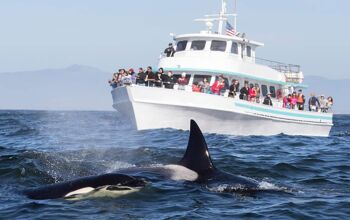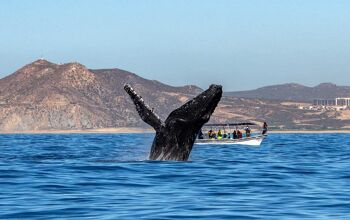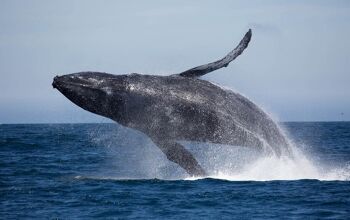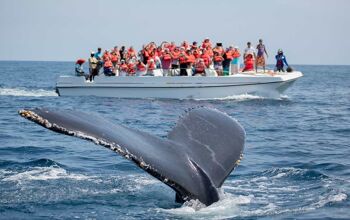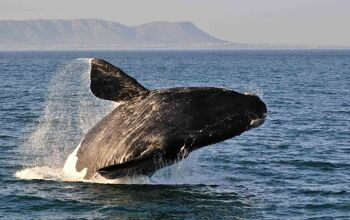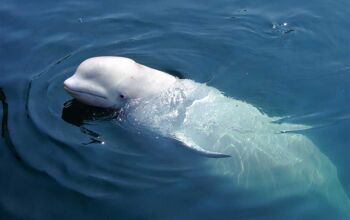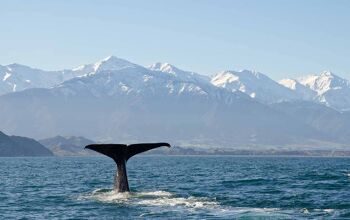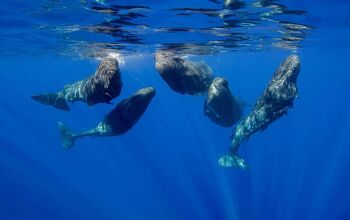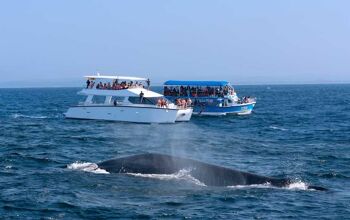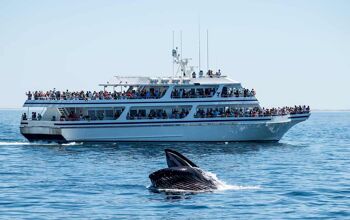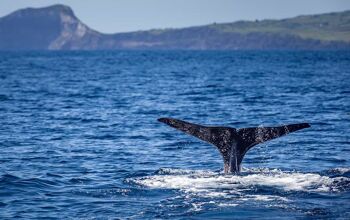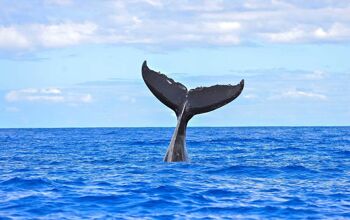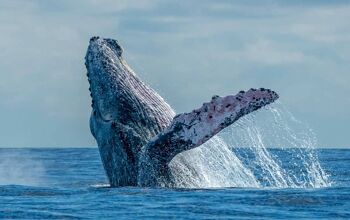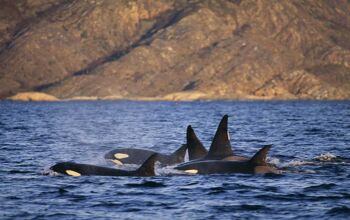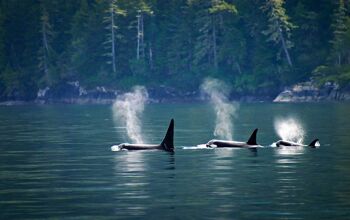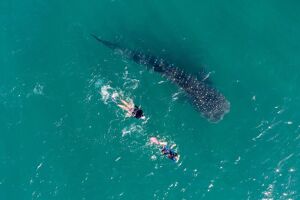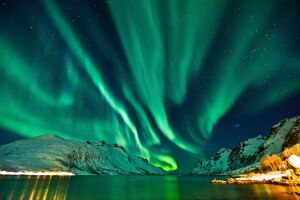Species of whale
1. Blue Whale
The largest animal ever known, blue whales can reach lengths of 100 feet. They are found in all the world’s oceans, preferring deep, open waters. Despite their size, they feed primarily on tiny krill. Blue whales in the northeastern Pacific migrate from their summer feeding areas off the coast of California to their winter breeding grounds off the coast of Mexico and Central America. This annual migration typically begins in the fall and sees the whales returning north in the late spring.
2. Humpback Whale
Known for their spectacular breaching behaviour and complex songs, humpback whales are found in oceans worldwide, migrating up to 16,000 miles annually. They are baleen whales, feeding on krill and small fish. Once hunted to the brink of extinction, they have made a remarkable recovery. Humpback whales in the North Atlantic migrate from their summer feeding grounds in the cold waters of Iceland, Greenland, and the northeastern coast of the U.S. to their winter breeding grounds in the warm Caribbean Sea, particularly around the Dominican Republic. This migration occurs twice a year, heading south in the late autumn and returning north in the spring.
3. Sperm Whale
The largest toothed predator in the world, sperm whales are easily recognised by their massive heads and distinctive shape. They inhabit all deep oceans, diving as deep as 3,280 feet to hunt and feed on giant squid. Sperm whales, while not having a fixed migration route, exhibit a unique pattern. Males roam the higher latitudes of both hemispheres, while females and young remain in tropical and subtropical waters year-round. Males venture into colder waters during summer months for feeding, often travelling to the polar regions, and return to warmer waters in winter for breeding.
4. Orca (Killer Whale)
Orcas are actually the largest species of dolphin. They are highly social and found in all the world’s oceans, from the Arctic and Antarctic regions to tropical seas. Known as apex predators, they feed on fish, seals, and sometimes other whales.
5. Gray Whale
Gray whales are known for their benthic feeding habits, sucking small creatures from the ocean floor. Once hunted to the brink of exinction, they are currently making a comeback. Gray whales undertake one of the longest migrations of any mammal, travelling up to 12,000 miles round-trip. They migrate from their feeding grounds in the Bering and Chukchi Seas of the Arctic, down the eastern North American coast to their breeding grounds in the lagoons of Baja California, Mexico. This journey occurs annually, starting in October/November (southward) and returning north between February and May.
6. Minke Whale
The smallest of the baleen whales, minke whales are found in all major oceans, often close to shore. They are relatively abundant and not endangered, feeding on small schooling fish and krill. Their small size made them less targeted by historical whaling.
7. Fin Whale
Fin whales, the second-largest whale species, inhabit all the world’s oceans, from polar to tropical waters. Known for their remarkable speed and distinctive ridge behind the dorsal fin, they primarily feed on small fish, squid, and krill. Their global population faces challenges from habitat changes, but they are a resilient and magnificent species.
8. Sei Whale
Sei whales are streamlined baleen whales found in most of the world’s oceans, excluding extreme polar and tropical waters. They are known for their impressive speed, reaching up to 34 miles per hour. Sei whales primarily feed on krill and small fish, playing a significant role in marine ecosystems.
9. Bowhead Whale
Bowhead whales, specialised Arctic dwellers, are notable for their massive heads and robust bodies, enabling them to break through sea ice. They have the longest baleen plates among whales, feeding mainly on zooplankton. Adapted to cold waters, bowheads are known for their longevity, with some living over 200 years.
10. Beluga Whale
Beluga whales, known for their distinctive white color and prominent foreheads, primarily inhabit Arctic and sub-Arctic waters. These sociable mammals are relatively common in their cold-water habitats. Characterised by their vocal communication and echolocation abilities, belugas feed on fish, crustaceans, and worms and can live up to 50 years.
11. Narwhal
Known for their iconic long tusks and speckled gray skin, these medium-sized whales predominantly reside in the Arctic waters around Greenland, Canada, and Russia. They’re relatively common within their cold, ice-laden habitat, where they primarily feed on fish and cephalopods, and can live up to 50 years.
12. Right Whale
These slow-moving baleen whales are often found in coastal waters, feeding on plankton with their long baleen plates. Southern right whales migrate from their Antarctic feeding areas, where they consume large amounts of krill during the Southern Hemisphere’s summer, to the warmer waters off the coast of Argentina and Brazil. These breeding and calving grounds, particularly around the Peninsula Valdés, are crucial for their survival. This migration typically occurs between June and December.
13. Bryde’s Whale
These relatively abundant and adaptable medium-sized baleen whales are found in warm temperate and tropical waters worldwide. They’re recognisable by their sleek bodies and the three prominent ridges on their heads. They feed mainly on fish and plankton and typically live for about 50-70 years.
14. Pilot Whale
Pilot whales, comprising two species (long-finned and short-finned), are found in oceans worldwide. They are found in oceans worldwide and are known for their strong social structures. They primarily feed on squid and live up to 45 years.
15. Sperm Whale Pygmy
This smaller cousin of the sperm whale is found in deep waters of the world’s temperate and tropical seas. They are elusive and not much is known about their population status. They feed on squid and deep-sea fish.

